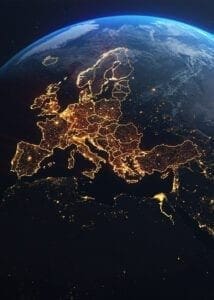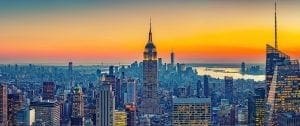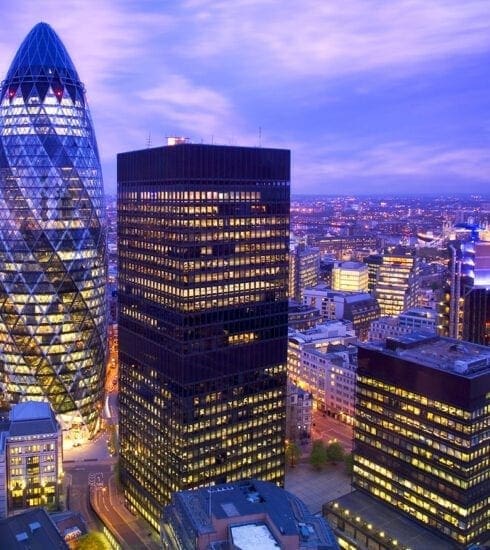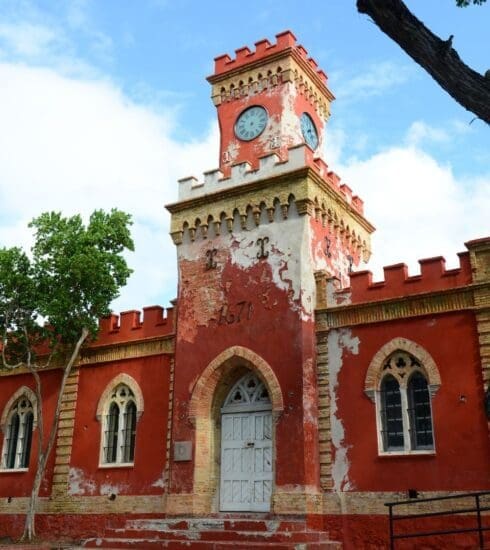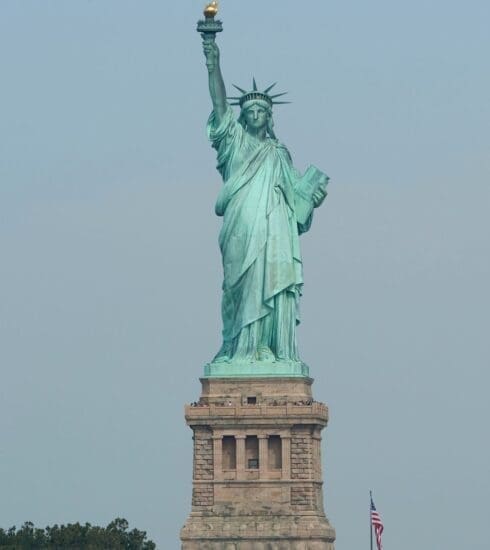Things to Know About the Venice Carnival
Have you ever dreamed about getting involved with the Venice carnival? Whether you’d like to get involved as an onlooker in the crowds, or if you’ve been dreaming of joining the Carnival itself, it’s often irrefutable that this incredible event is one of the major attractions of Venice at the end of the winter.
So, whether you’ve been planning a romantic Valentine’s Day getaway to Venice and would like to extend the stay to make the most of the Carnival’s opportunities, or if you’d simply like to enjoy a vacation with something different, the Venice carnival could be just what you need. Luckily, we’ve everything you need to know about the Venice Carnival as follows to help you make the most of these wonderful and memorable festivities – if you ask us, it’s something that everyone should have experience at least once in their life!
1. The Early Origins of the Venice Carnival
The Venice carnival is one of the oldest carnivals globally, and the first instance of this Carnival being held was in 1094. The Venice Carnival was likely responsible for defining the term “Carnivale” in general, which was created as a means to describe any large-scale public amusements and festivities. However, it wasn’t until 1268 that the first officially recorded Venice Carnival was held, entitled the Carnevale di Venezia.
Originally, the Venice Carnival was held as a public event; however, it gained steam in 1162, following the Patriarch of Aquileia’s defeat by the Republic of Venice. To celebrate the event, the residents of Venice slaughtered 12 pigs and a bull in Piazza San Marco; though this tradition has not lasted to this day, this was likely a reference to the celebration’s timing around Shrove Tuesday, which was sometimes also known as “Fat Tuesday.”
The Venice carnival marked an opportunity to be merry for hundreds of years, with a massive banquet packed with countless foods, drinks, and indulgences. The feasting represented the final opportunity to truly eat well until the period of fasting commenced, a religious tradition that occurred during Lent every year.

2. The Fall of the Venice Carnival
When we think of great carnivals, it can seem hard to imagine them ever coming to an end; however, this sadly wasn’t the case for the Venice Carnival. When the Austrians took control of Venice after the fall of the Republic of Venice in 1798, the festivities were canceled; sadly, this remained in force for hundreds of years. Nevertheless, though the Venice Carnival was canceled, the energy and vibrancy it had once possessed clung on, giving residents of the region reason to hope each year.

3. The Reintroduction of the Festivities
Indeed, it’s quite a humbling thought to think of the numerous generations who never had the chance to experience the joy and exuberance of the Venice Carnival in all its glory. Nevertheless, the event’s focus on fine dining and having a great time were recently reintroduced in 1979, almost two centuries after the event was canceled.
In this day and age, the event is bigger and better than ever before. The Venice Carnival now runs over a massive 10-day period to give as many people from all around the world the chance to get involved and enjoy the festivities on offer.
Every year since the relaunch of the Carnival, the celebration grew in popularity and scale, and the Venice Carnival is now a massive and city-wide event. Indeed, the Venice Carnival and its related festivities now attract hundreds, if not thousands, of tourists annually to the region. Perhaps the biggest driver for the event is the stunning displays and elegant costumes and masks which are brought out every year for the festivities – creating a vibrant and stunning event for everyone in the region.

4. When is the Venice Carnival Held?
As was traditional at the time of its launch, the Venice Carnival is still held during February, typically in the run-up to easter between Shrove Tuesday and the end of February. The Carnival is also completely free to enter and enjoy, although we should point out that a handful of the festivities and events may require a ticket.

5. Performances and Festivities You Need to See
With such as massive display on offer, it can be hard to see everything in just one day with the Venice Carnival. Nevertheless, it’s irrefutable that you can make memories to last a lifetime during a trip to Venice while the event is on, and some of the key things you might want to get involved with include the following festivities:
The Flight of the Angel: Kicking off the Venice Carnival
Each year, the first event during the Venice Carnival is the Flight of the Angel performance, which is also one of the Carnival’s older traditions. During the display, massive zip lines are erected between some of the city’s tallest buildings, and this offers an exhilarating and bold display that’s the ideal way to kick off such a massive and popular event if you ask us.
However, the event has been adapted from the original versions. Indeed, in 1759, onlookers watched in horror as an acrobat for the event fell to his death after the stunt went wrong. Luckily, this isn’t something crowds need to worry about these days so much since health and safety restrictions are in place to ensure the Flight of the Angel stunt is pulled off perfectly without the risk of injury.

Additional Sights You Need to See
If you’ve been looking to attend the Venice Carnival, there’s a huge amount to see and do. Some of the famous activities for visitors of all ages during the Carnival include the following:
- Carnival Treasure Hunts
- Countless Music Concerts, including the Vivaldi Concert and the Collegium Ducale Concert
- Operas
- Mask Workshops and Displays
- Pub Crawls
- Dinner Cruises
- Dinner Dance Ridotto Events
- Ball Dinner Shows
- The Boat Carnival (one of the biggest attractions during the event for many visitors)
- Carnival-Specific Tours of Venice with Actors
These are just a selection of the different events on offer for those considering a trip to Venice to make the most of this truly stunning event. As such, we highly recommend that you consider the current schedule of events before heading to the Venice Carnival to try and choose a day that offers as many of the events you’d like to experience as possible.
Conclusion
The Venice Carnival is undeniably one of the world’s biggest and longest-standing events. And, despite the almost-200 year hiatus implemented between 1798 and 1979, the event has returned with even more vibrancy and energy than ever before – making it a potentially excellent option for everyone visiting the region in the run-up to Lent.

